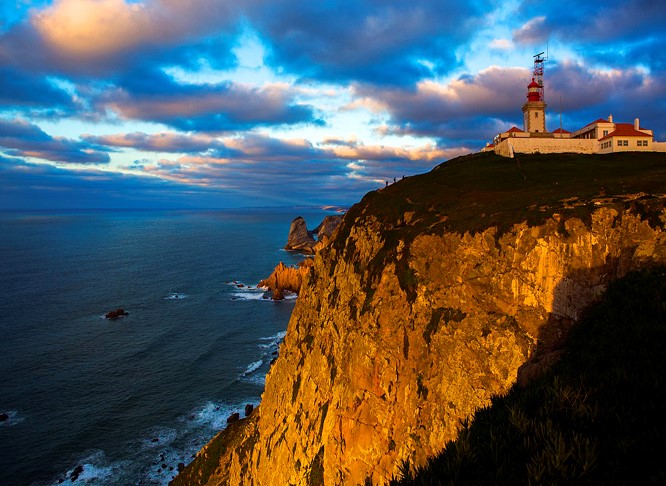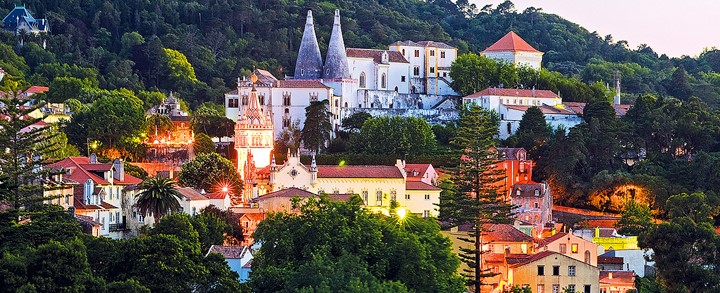The Sintra massif
1 day
Sintra, Cabo da Roca, Cascais and Estoril
Departure for Sintra, inexhaustible source of delight. The perfect harmony between nature and built heritage has led UNESCO to classify it as a World Heritage Site, in the category "Cultural Landscape", in 1995.
Always loved by artists and writers from all over the world, the passion for this city reached its peak in the nineteenth century, during the romantic era. Poets like Lord Byron, who nicknamed him "Glorious Eden". She is exuberant from all angles. So, let's say that it is the perfect fusion between its natural wealth and the beauty of its monuments, which forms its indescribable character. Sintra is a unique example of parks and gardens, having influenced many European landscapes. Particularly worthy of mention are the Park da Pena and the gardens of Monserrate.
Visit of the Royal Palace, also known as Palácio da Vila (Palace of the Bourg). It is one of the most important monuments of the city, its two 33 meters high white conical chimneys give it a distinct silhouette and make it the symbol of the city. For pure glare, Sintra is the solution.
Free lunch.
Continue to Cabo da Roca, the westernmost point of the European continent. Its cliffs rise about 140 meters above the Atlantic Ocean. The poet Luis de Camões (c.1525-1580) described the course in the Lusiads as "the place where the earth stops and the sea begins".
At the end of the afternoon, passing by the Estoril Coast, a romantic, cosmopolitan, lively and unique place, it reflects in the best possible way the influence of the sea in the Lisbon region. Considered by many as the Portuguese Riviera, the Estoril and Cascais ensemble is full of glamor and charm. However, the wide variety of activities on offer, filled with attractions and experiences, in a small space and framed by a nature of exceptional beauty, but also full of culture and heritage, is present throughout this wonderful side.
INCLUDED IN THE PROGRAM:
- Grand Tour coach with English speaking guide,
- The entrance fee to the Royal Palace of Sintra.































